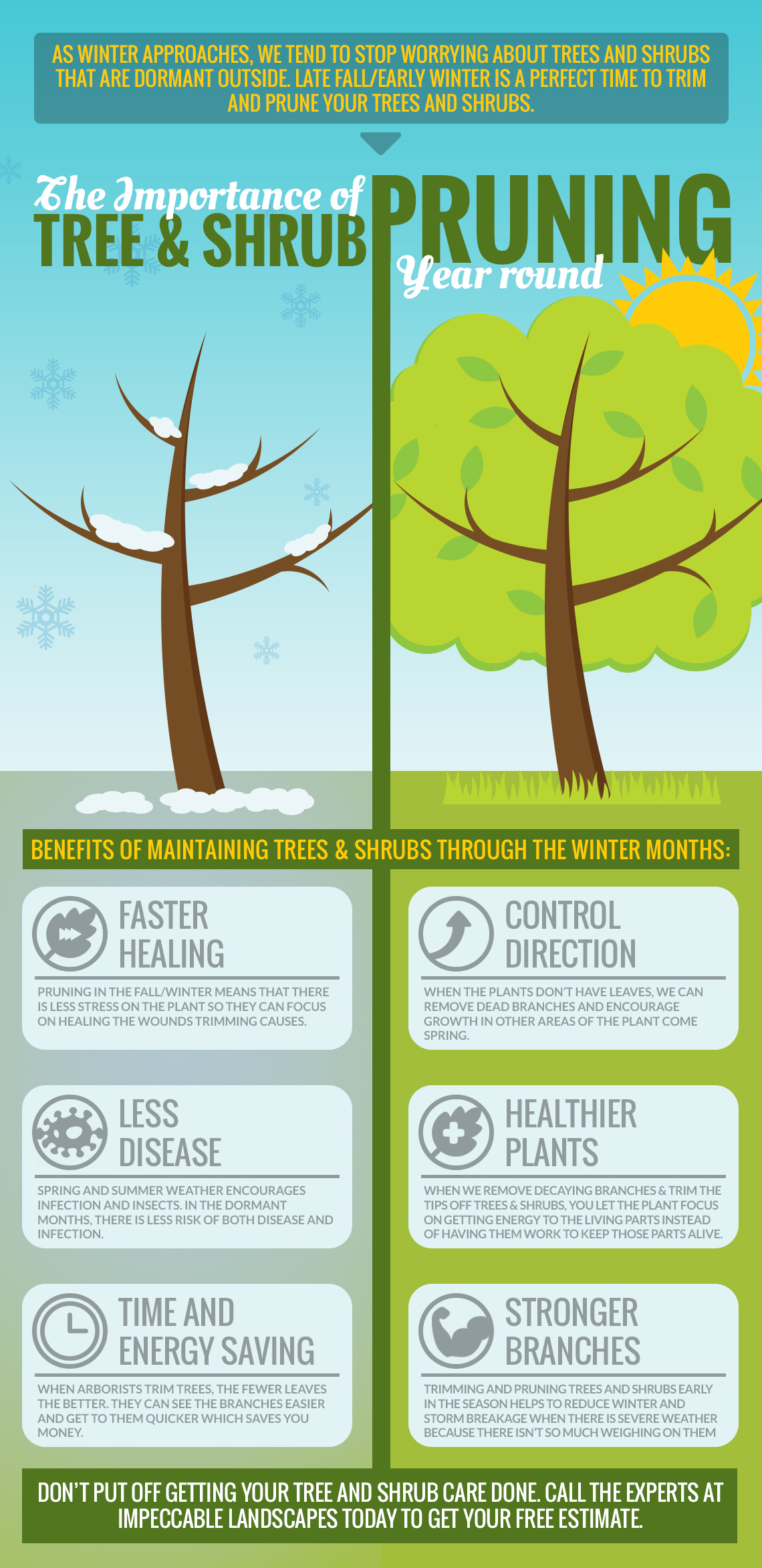Clues That Suggest Tree Removal: Just How To Place Hazardous Trees
Clues That Suggest Tree Removal: Just How To Place Hazardous Trees
Blog Article
Article Written By-Vogel Malling
When it pertains to tree care, recognizing the signs that it's time for removal is important for your safety and security and residential property. You could see discolored fallen leaves, wilting branches, or strange fungal developments suggesting illness. Structural concerns, like a significant lean or splits in the trunk, can likewise position dangers. Comprehending these indication can assist you make notified decisions about your trees and prevent possible hazards hiding in your backyard. What should you try to find next?
Signs of Degeneration and Illness
When you discover indications of degeneration and condition in your trees, it's critical to act rapidly. https://www.kvue.com/article/tech/science/environment/city-working-to-preserve-austins-trees/269-2992406f-2e80-4209-b177-a2179bde436f for blemished fallen leaves, wilting branches, or unusual growths like fungi. These can suggest that your tree is battling.
If you see cracks in the bark or soft, mushy timber, these signs and symptoms suggest internal decay. Additionally, an abrupt rise in pests around your tree can signify that it's deteriorated and susceptible.
Look for any kind of dead or dying arm or legs, as they position a threat to your residential or commercial property and safety and security. If you're uncertain about what you see, getting in touch with an arborist can offer quality.
Addressing these signs early can save you from much more extensive damages and guarantee the wellness of your backyard. Do not wait until it's too late.
Structural Instability and Leaning
As you observe your trees, watch out for any indicators of architectural instability or leaning. If a tree leans significantly, it may show that the root system is compromised.
Try to find any cracks in the trunk or dirt around the base; these can signal possible failing. Furthermore, look for unusual growth patterns, like an unbalanced crown, which might suggest that the tree is battling to hold itself upright.
If please click the next website page discover that the tree favors your home, power lines, or various other structures, it postures a higher danger. Don't neglect these indicators-- get in touch with an arborist to evaluate the scenario.
Doing https://epsomsaltstumpremoval38372.elbloglibre.com/35265622/the-positive-elements-of-tree-trimming-elevating-appeal-and-tree-health about it early can avoid expensive damage and ensure your safety.
Dead or Perishing Branches and Vegetation
If you observe dead or dying branches and vegetation on your tree, it's a clear sign that something's wrong.
These harmful areas can suggest underlying concerns like disease, insect infestations, or environmental stress and anxiety. When branches lose their leaves or turn brown, they're no longer adding to the tree's health and wellness. Overlooking these signs might cause additional decline, making your tree more harmful.
Dead branches can quickly break short throughout tornados, posing a risk to home and individuals nearby. It's crucial to examine the level of the damage.
If the issue influences a considerable part of the tree, take into consideration speaking with a specialist. They can assist figure out if elimination is necessary to guarantee security and keep the charm of your landscape.
Conclusion
If you discover any kind of indicators of decay, architectural instability, or dead branches on your trees, do not neglect them. These indicators can posture serious safety and security risks to you and your home. It's always best to consult an expert arborist who can supply a professional evaluation of your trees. Doing something about it early can stop accidents and expensive damage, guaranteeing your landscape continues to be risk-free and healthy and balanced. Bear in mind, it's better to be positive concerning tree treatment than to await a catastrophe to happen.
